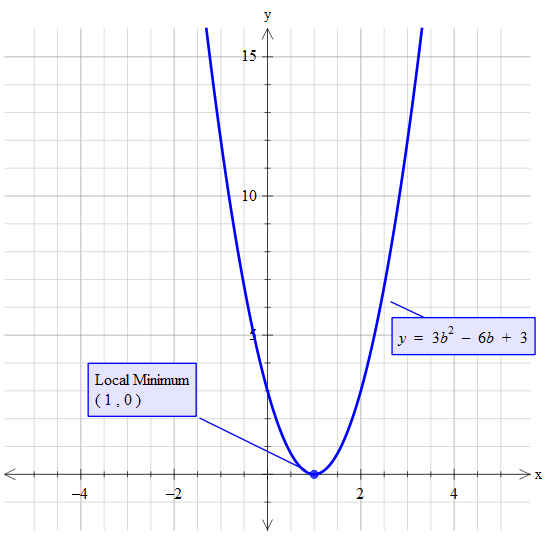How do you find the value of the discriminant and determine the nature of the roots #8b^2-6b+3=5b^2#?
1 Answer
Sep 19, 2016
The nature of the 'roots' is that 'they' both have the same value. Some people refer to this as duplicity.
In effect, there is only one root.
Explanation:
Given:
Subtract
'~~~~~~~~~~~~~~~~~~~~~~~~~~~~~~~~~~~~~~~~~
To avoid confusion let
Then we have:
Compare to
Where
The discriminant is:
When the discriminant is 0 it means that the x-axis is tangential to the curve at the maximum/minimum point.
The there is a single value solution.


